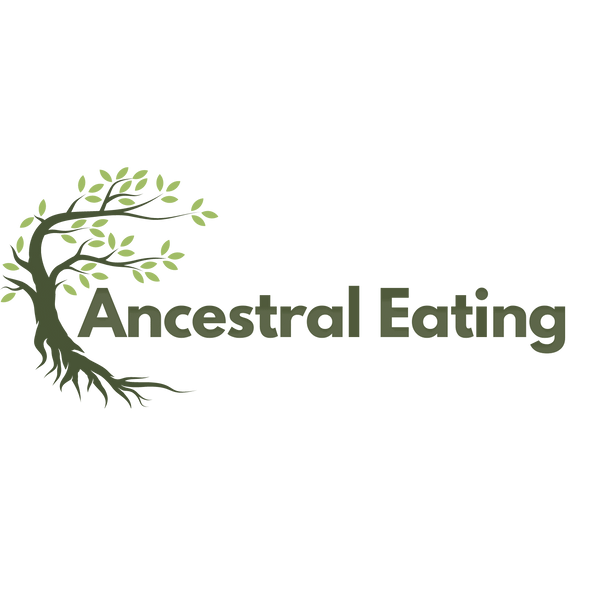The culinary history of Honduras has been shaped by its indigenous roots, Spanish colonization, and subsequent global influences. Over the past 500 years, a variety of foods and cooking methods have become integral to Honduran cuisine, reflecting both traditional practices and foreign influences.
Indigenous Influence:
- Corn (Maize): A staple ingredient, often used in the form of tortillas, tamales, and beverages like "atol" or "pozol."
- Beans: Another major staple, often served with rice and other foods.
- Squash and Pumpkin: Consumed in various forms, sometimes as a filling in tamales.
- Fish and Seafood: Especially common in coastal and river regions.
Spanish Influence:
- Rice: Introduced by the Spanish, it's often served as a side dish or in soups.
- Meat: Beef, chicken, and pork became more common with the arrival of the Spanish.
- Cheese: Dairy, particularly in the form of soft, white cheese, is often used.
- Citrus Fruits: Oranges, limes, and lemons are commonly used for flavor.
African Influence:
- Coconut: Used in both sweet and savory dishes, often in coastal areas.
- Plantains: Prepared in various ways—fried, boiled, or mashed.
Modern Dishes:
- Baleadas: Thick flour tortillas filled with refried beans, cheese, and sometimes other ingredients like meat or avocado.
- Pupusas: Thick corn tortillas filled with beans, cheese, or meat.
- Sopa de Caracol: A conch soup often made with coconut milk, a popular dish especially in coastal areas.
- Tajadas: Fried plantain slices, often served as a side dish or snack.
Beverages:
- Coffee: Honduras is known for its coffee, often enjoyed at home and in local cafes.
- Licuados: Fruit smoothies made with milk or water.
- Horchata: A sweet, spiced rice drink.
Historical Overview:
- Pre-Colonial Period: Indigenous groups primarily relied on corn, beans, squash, and local fruits and vegetables, as well as fish and game.
- Colonial Period: The Spanish introduced new livestock (cattle, pigs, chickens) and new crops like rice and citrus fruits, enriching the local diet.
- Modern Period: Globalization and internal migration have led to a more diversified diet, but many traditional foods and preparation methods continue to be important.
The culinary landscape in Honduras is diverse and reflects its multicultural history. While modern influences and new ingredients have been integrated into Honduran cuisine, traditional dishes and staples like corn and beans continue to play a central role.






